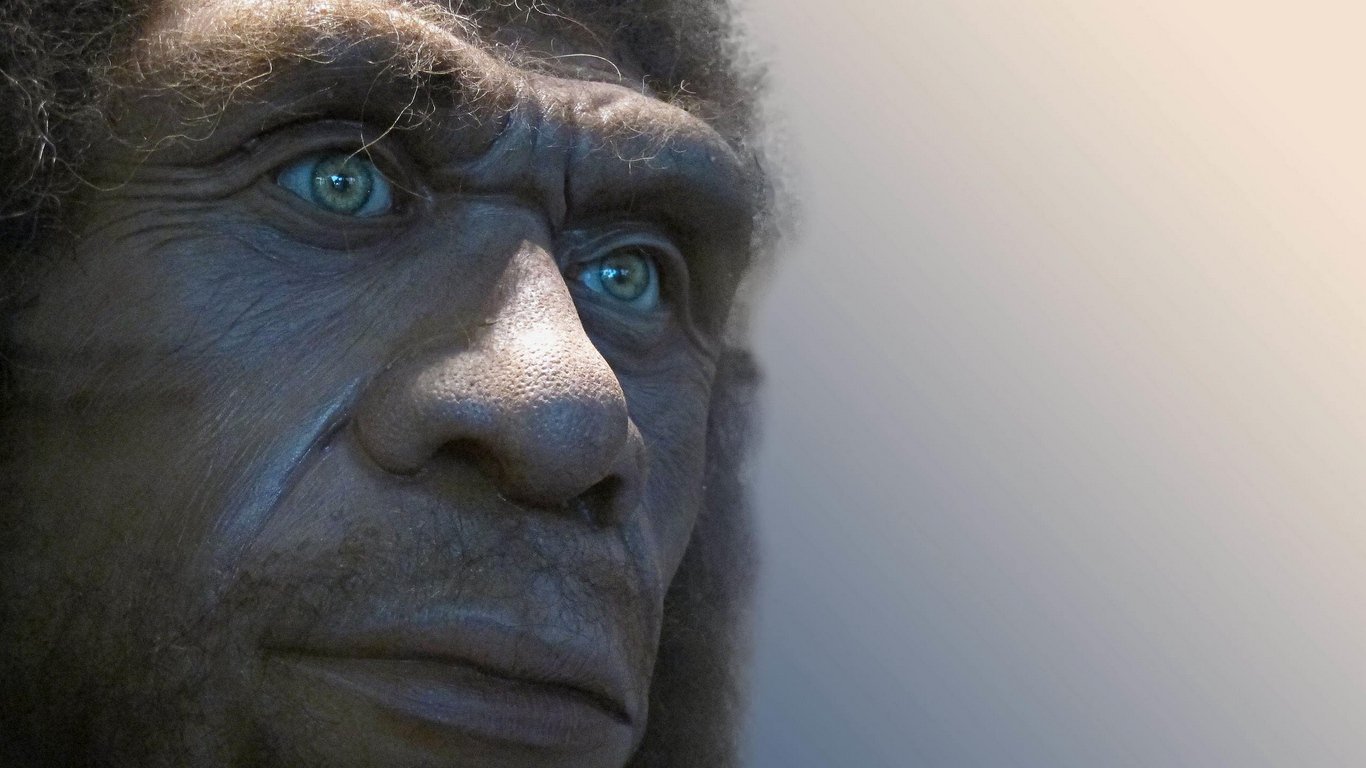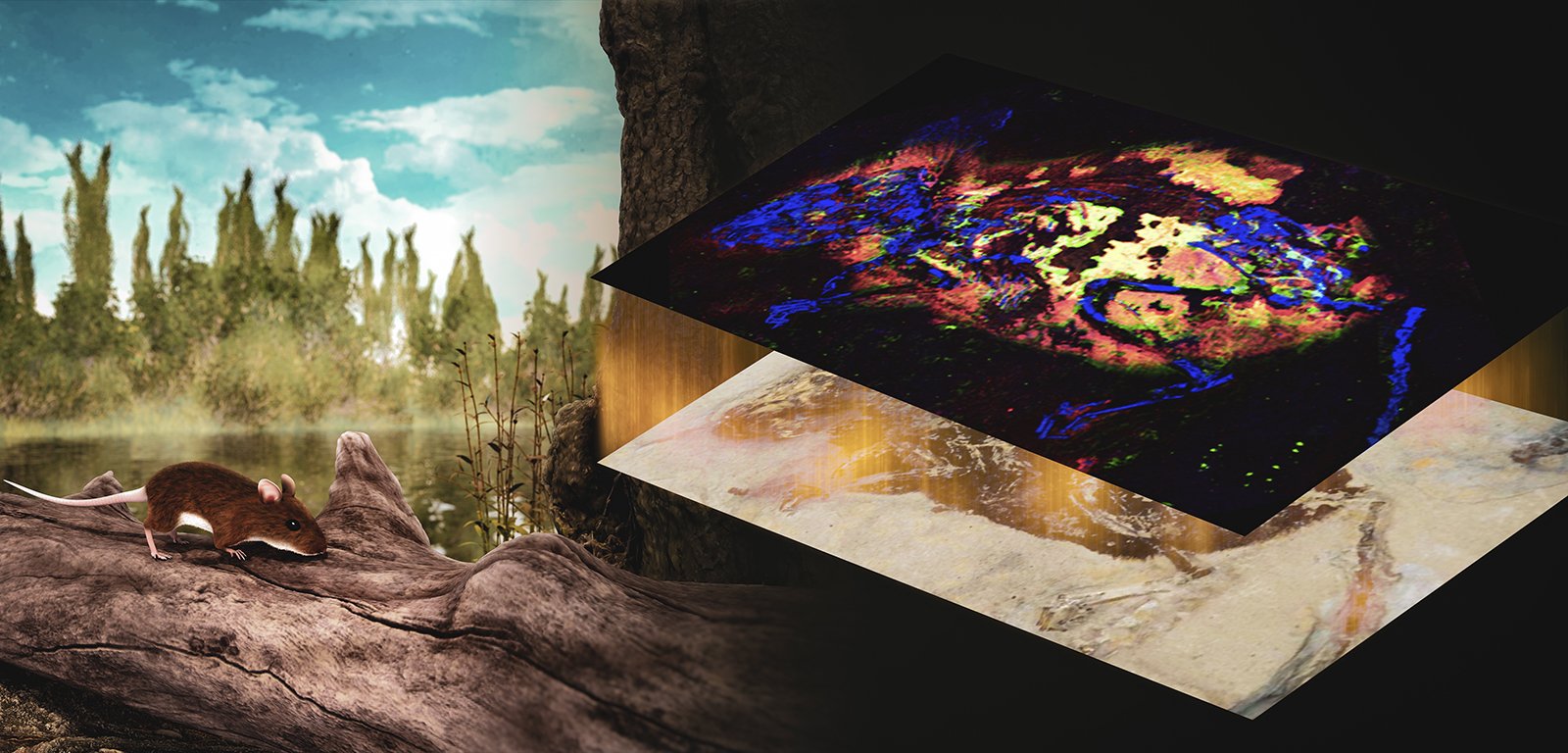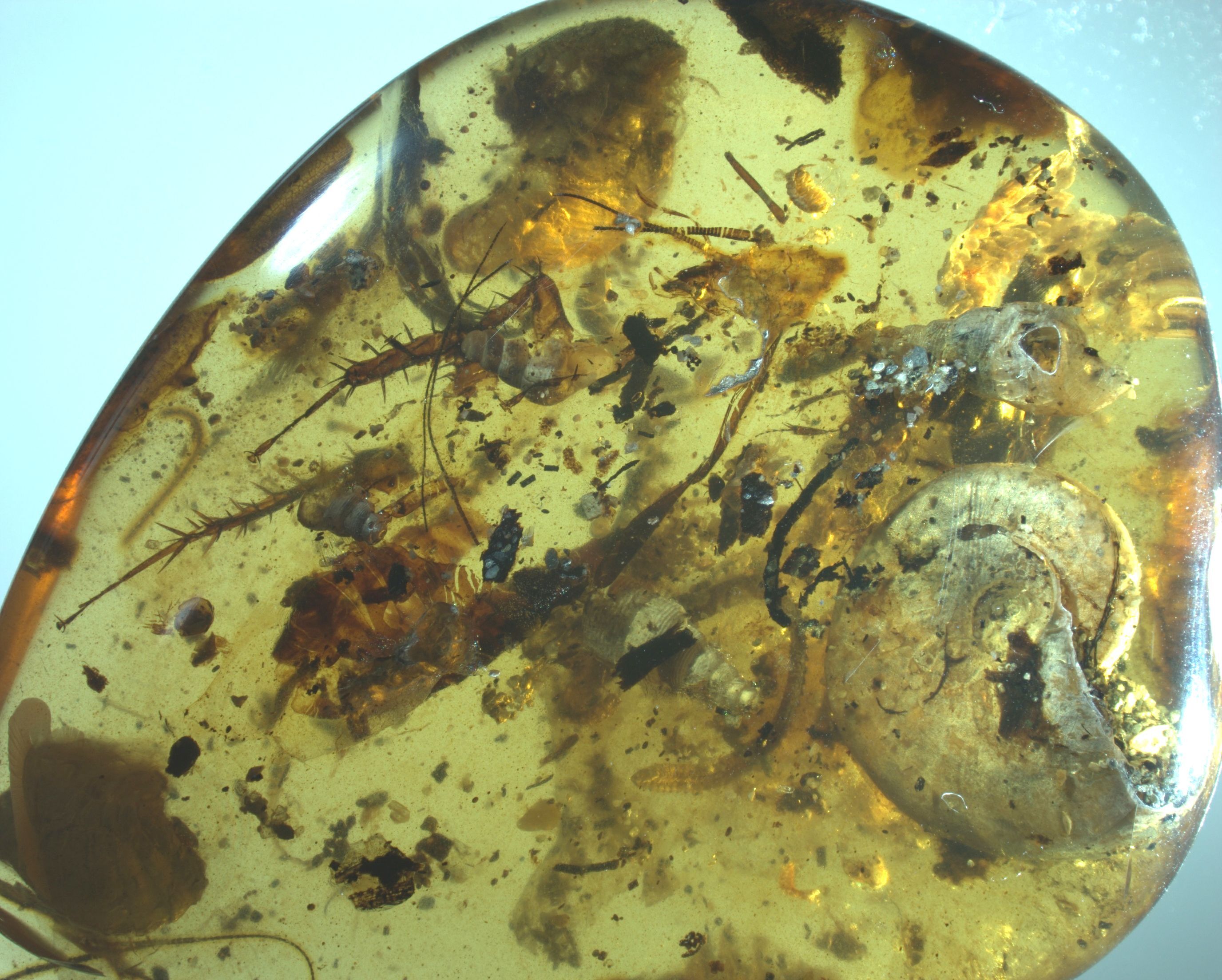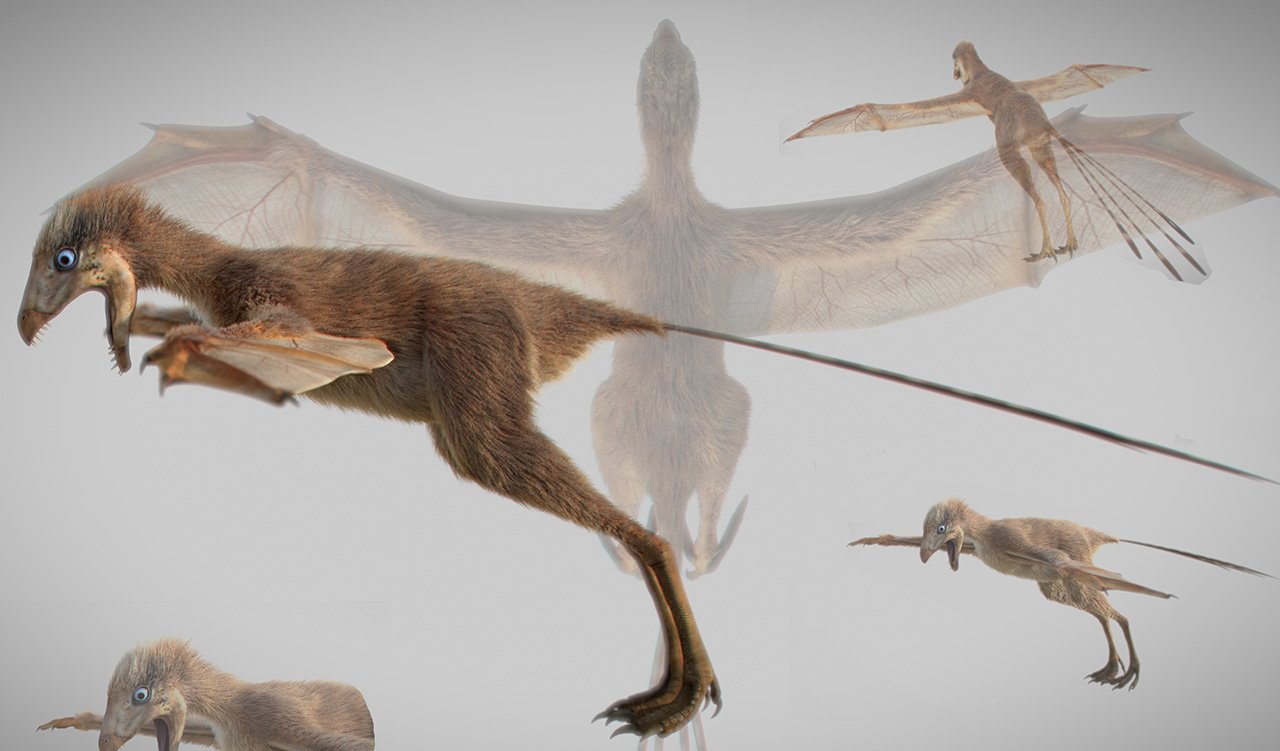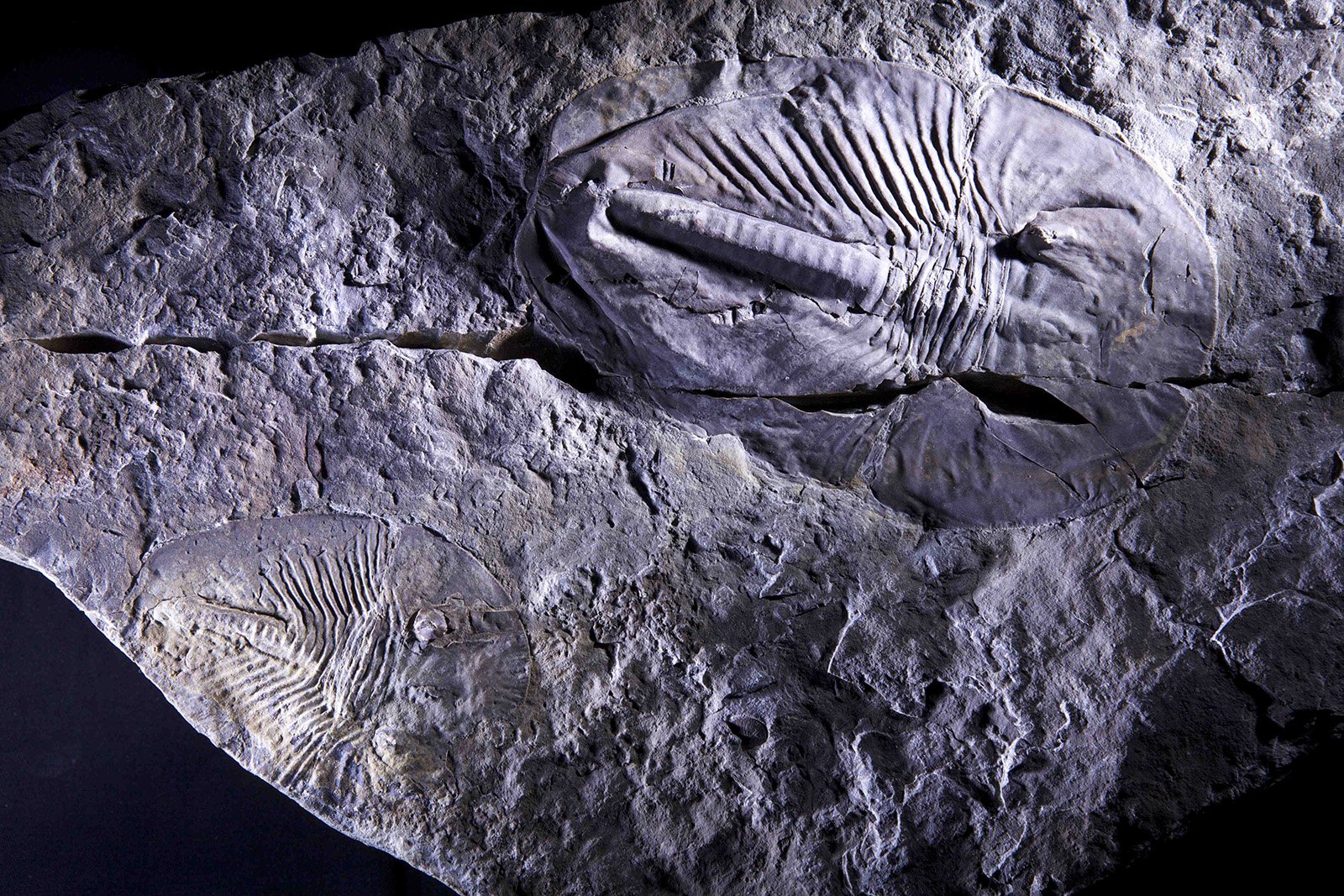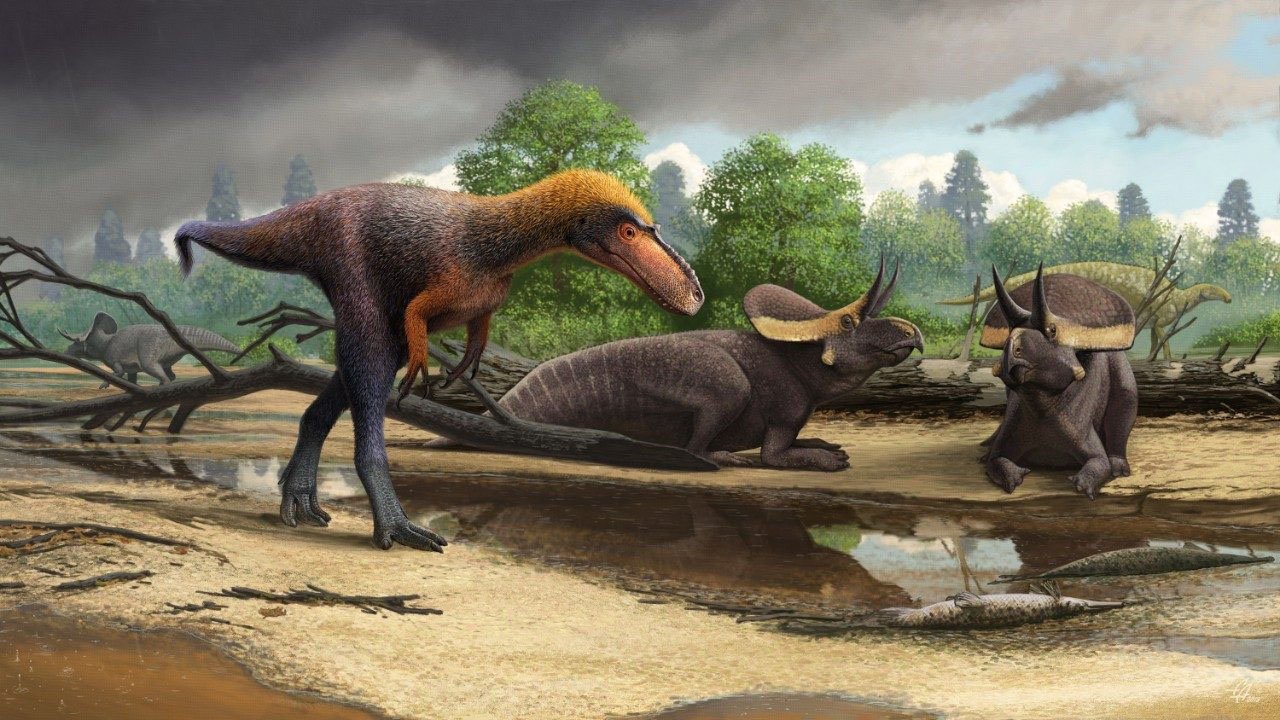Ancient DNA tells the story of the first herders and farmers in east Africa
A collaborative study led by archaeologists, geneticists and museum curators is providing answers to previously unsolved questions about life in sub-Saharan Africa thousands of years ago. The results were published online in the journal Science Thursday, May 30. Researchers from North American, European and African institutions analyzed ancient DNA from 41 human skeletons curated in the National … Read more


